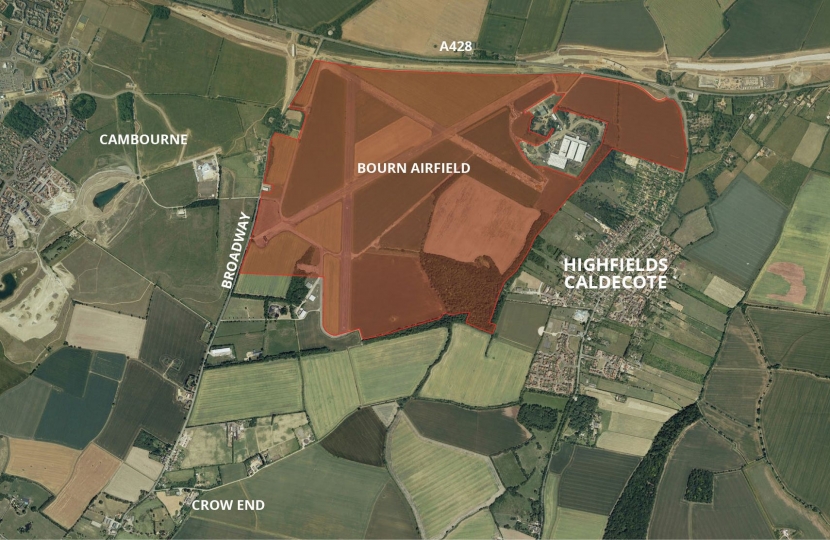
South Cambridgeshire District Council has confirmed villages in South Cambridgeshire now have more protection from unplanned development.
"This is nothing to do with the new administration at SCDC," says Peter Topping, Leader of the Conservative Group on the Council.
"But much depends on what the new administration does with the Local Plan they have been so quick in the past to dismiss as flawed. If they start trimming the Local Plan to deliver on some of their previous statements, and thereby losing the five year land supply, then be assured the big developers will be waiting in the wings."
As a result of an updated assessment of where homes are expected to be built over the next five years, SCDC considers it can meet government requirements for the provision of new housing land and there is enough suitable land readily available to meet the number of homes that need to be built.
Planning applications will now be assessed against all the Council’s local policies as well as those set nationally.
‘Sedgefield’ method
The updated housing land supply has been calculated using the ‘Sedgefield’ method – the more stringent nationally recognised method of calculating whether enough land is readily available over the next five years for the homes. In addition, the Council has applied a 20% buffer on top of their housing trajectory in line with government requirements.
The Sedgefield method of calculation is being used by government inspectors on the area’s planning appeals pending the conclusion of the Local Plan process.
National policies give weight to ensuring enough homes are being built locally and cover details such as protecting the green belt as well as making sure homes are not planned for areas known to flood.
Framework
The Local Plan policies include a clear plan for where homes should be built, including a tight line or ‘framework’ around each village which development can only take place within.
Since June 2014 the Council has not been able to demonstrate what is known as a five-year housing land supply, which has meant housing applications could not be assessed against local planning policies which control the provision of housing, such as village frameworks, and planning decisions have been tilted towards delivery of more housing.
While the Council has not been able to demonstrate there is enough suitable land readily available to meet the number of homes that need to be built over the next five-years, around 3,200 homes have been given planning permission on the edge of villages outside the village frameworks drawn in local policies. A number of these were granted after a planning appeal to government inspectors.
West of Cambourne – more homes than planned
In addition, 2,350 homes have been granted planning permission to the west of Cambourne. This is more than the 1,200 homes the Council had allocated in their emerging Local Plan which sets out where development takes place.
The Council’s plan is currently being examined by government inspectors and the Inspectors’ report will clarify the right approach to assessing housing land supply in the future.
Stephen Kelly, South Cambridgeshire District Council’s Joint Director of Planning and Economic Development, said: “A wide range of high quality and well-connected new homes are in great demand locally, but making sure these are built in the right places is really important to us.
"We can now expect all our local policies to be given appropriate weight in all our decisions, which will give communities more protection from speculative planning applications.”
- For more information on the five-year housing land supply, visit www.scambs.gov.uk/content/annual-monitoring-report.
- SCDC's overview of Cambourne West – www.scambs.gov.uk/cambourne-west.
-----------------------------------------------------------------------------------------
South Cambridgeshire District Council
T 03450 450 500
F 01954 713 149
E [email protected]
T @SouthCambs
W www.scambs.gov.uk

